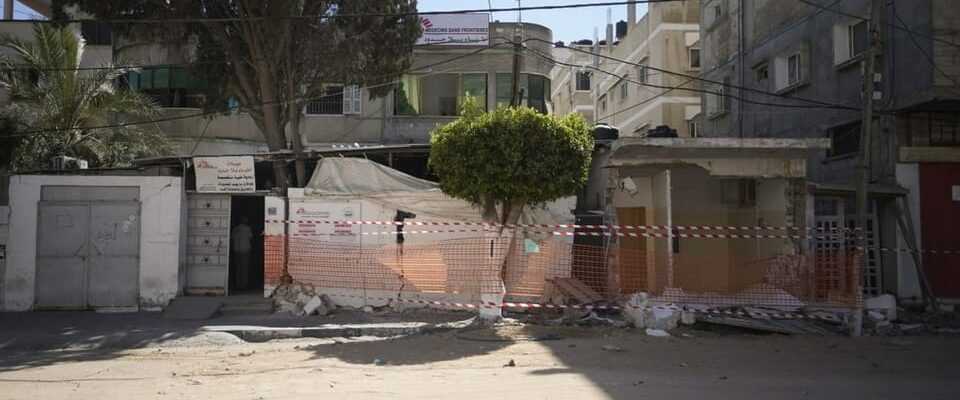contents
Warring nations like to speak of “precision strikes”. But this kind of warfare is by no means as humane as one might think. The example of Gaza shows this.
“In the middle of the war, a stranger called me. The caller said he was from the Israeli military,” says Mohammed Mughaisib, a local doctor and Médecins sans Frontières (MSF) medical aid coordinator in Gaza.
We’re going to bomb your quarters because an enemy is hiding there.
“He knew who I was and said: Doctor, tell your neighbors to leave their houses! We’re going to bomb their quarters because an enemy is hiding there. Get your family to safety and follow me!” The man on the phone gave him the most precise instructions, says the doctor from Gaza.
Mughaisib continues: «The man said: Do you see the white car on the road? Walk past it to the black car.” The caller probably observed him using a drone, Mughaisib suspects.
Staircase instead of air-raid shelter
When the doctor warned the neighbors about the imminent bombing, they initially thought it was a joke. But: “I explained to him that I had the Israeli secret service on the wire and that everyone had to be evacuated,” said the doctor.
The bombing was terrible. It rained metal parts and stones.
The caller then asked him to move on, but Mughaisib was uneasy about it, he wanted to go back to his family. He handed his cell phone to a security officer on the street and hurried back to his apartment. He and his family took shelter in the stairwell. The buildings in Gaza do not have air-raid shelters.
The Israelis then bombed an hour and a half after the call. ‘The caller was right in his warning. The bombing was terrible. It rained metal parts and stones. Our house jumped up and down. My children’s faces were yellow with shock, I felt helpless,” said the doctor.
Israelis targeted main roads
MSF was unable to open its clinics during the 11-day war of May 2021 because the Israelis bombed virtually every major road. Not being able to help the injured was the hardest thing for him, says doctor Mughaisib.
In the eleven days of war we all grew ten years older.
For the first time in all the wars of recent years he was unable to fulfill his task. “There was no access to the clinics and no guarantee of safety for our staff.” The bombings and his own impotence had taken a toll on him.
Legend:
An MSF clinic in Gaza was also damaged in an Israeli attack in May 2021.
Fady Fanona/MSF
“In the eleven days of war we all grew ten years older. I can see it on their faces: They are tired and have reached the limit of their resilience.”
Damaged buildings result in secondary injuries
The precision strikes on individual buildings have killed fewer people in Gaza. Despite this, damage to other buildings in the cramped and densely populated neighborhoods is significant, also increasing the risk of injury if people continue to live in the damaged homes.
MSF treated over 5,500 people with burns in the last year alone. Poor infrastructure in damaged, unsafe and overcrowded homes leads to accidents. In addition, the population also suffers psychologically: A drone in the sky already triggers fear of the next war.
